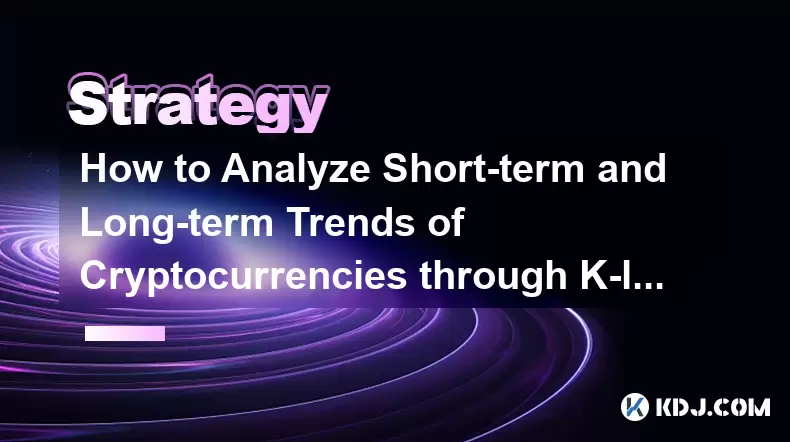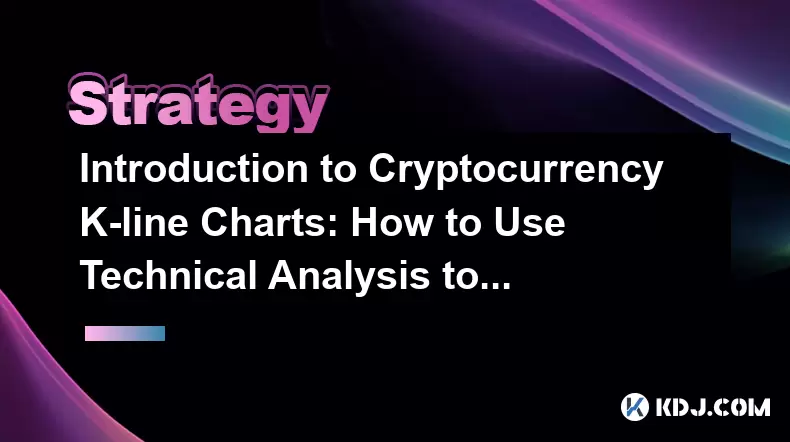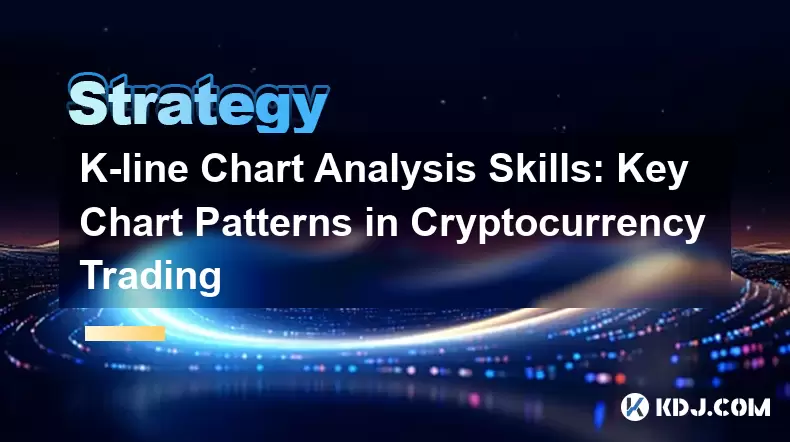-
 Bitcoin
Bitcoin $105,724.6656
0.49% -
 Ethereum
Ethereum $2,538.5330
-0.28% -
 Tether USDt
Tether USDt $1.0005
0.01% -
 XRP
XRP $2.1560
0.06% -
 BNB
BNB $649.1204
-0.45% -
 Solana
Solana $147.1302
0.55% -
 USDC
USDC $1.0000
0.00% -
 Dogecoin
Dogecoin $0.1770
-0.13% -
 TRON
TRON $0.2712
-0.06% -
 Cardano
Cardano $0.6315
-0.77% -
 Hyperliquid
Hyperliquid $40.8568
-3.75% -
 Sui
Sui $3.0175
-0.80% -
 Bitcoin Cash
Bitcoin Cash $445.9314
2.37% -
 Chainlink
Chainlink $13.2302
0.01% -
 UNUS SED LEO
UNUS SED LEO $9.1912
1.66% -
 Avalanche
Avalanche $19.2227
0.09% -
 Stellar
Stellar $0.2584
-0.65% -
 Toncoin
Toncoin $2.9679
-1.87% -
 Shiba Inu
Shiba Inu $0.0...01208
-0.33% -
 Hedera
Hedera $0.1546
-2.82% -
 Litecoin
Litecoin $85.9314
-0.25% -
 Polkadot
Polkadot $3.8018
-0.36% -
 Ethena USDe
Ethena USDe $1.0004
-0.02% -
 Monero
Monero $315.5986
1.71% -
 Dai
Dai $1.0000
0.01% -
 Bitget Token
Bitget Token $4.5289
-0.36% -
 Pepe
Pepe $0.0...01122
0.44% -
 Pi
Pi $0.6173
5.61% -
 Uniswap
Uniswap $7.2923
-1.93% -
 Aave
Aave $274.6582
-4.01%
What kind of investment is Radar Coin? Is it reliable?
When considering Radar Coin as a potential investment, it is crucial to assess the growth prospects of the IoT market, the technical analysis of the coin, the team's experience, the market capitalization and liquidity, and the strength of its ecosystem.
Jan 07, 2025 at 08:12 pm

Key Points:
- Definition and Overview: What is Radar Coin and its purpose in the cryptocurrency market
- Investment Considerations: Factors to assess when considering investing in Radar Coin
- Reliability Assessment: Evaluating the trustworthiness, stability, and security of Radar Coin
Article:
What is Radar Coin?
Radar Coin is a decentralized cryptocurrency designed to facilitate secure and verifiable data transfers within the Internet of Things (IoT) industry. It offers a blockchain-based platform for devices to communicate, share information, and execute transactions autonomously. By utilizing Radar Coin, IoT devices gain a native currency for interactions, enhancing the efficiency and transparency of data exchange.
Investment Considerations
When evaluating Radar Coin as a potential investment, consider the following aspects:
- Market Potential: Assess the growth prospects of the IoT market, as the coin's utility is directly tied to the adoption of IoT technologies.
- Technical Analysis: Study the coin's price history, trading volume, and technical indicators to gauge its market behavior and identify potential trends.
- Team and Development: Investigate the experience and reputation of the development team behind Radar Coin, as their expertise and commitment can impact the coin's long-term success.
- Market Capitalization and Liquidity: Consider the coin's market capitalization and trading volume to assess its size and liquidity within the cryptocurrency market.
- Ecosystem and Partnerships: Evaluate the strength of Radar Coin's ecosystem, including partnerships with other IoT projects and industry stakeholders.
Reliability Assessment
To assess the reliability of Radar Coin, focus on the following factors:
- Security: Examine the security measures implemented by Radar Coin, such as encryption algorithms, consensus protocols, and smart contract audits.
- Transparency: Evaluate the accessibility and completeness of information provided by the Radar Coin team, including financial reports, development updates, and community engagement.
- Stability: Analyze the performance of Radar Coin over time, considering factors such as price volatility, network uptime, and transaction processing speed.
- Community Support: Assess the size and activity of the Radar Coin community, as it can provide insights into the coin's popularity, user adoption, and potential for growth.
- Regulatory Compliance: Consider the regulatory environment in which Radar Coin operates and是否存在遵守相关规定的措施。
FAQs
Q: What are the benefits of investing in Radar Coin?
A: Potential benefits include exposure to the growing IoT market, a decentralized and secure data transfer platform, and a native cryptocurrency for IoT devices.
Q: Are there any risks associated with investing in Radar Coin?
A: As with any cryptocurrency, there are risks such as market volatility, security breaches, and regulatory uncertainty.
Q: How do I purchase Radar Coin?
A: Radar Coin can be purchased through cryptocurrency exchanges that offer the coin.
Q: What is the future outlook for Radar Coin?
A: The future outlook depends on factors such as the adoption of IoT technologies, the performance of the Radar Coin platform, and the regulatory environment.
Disclaimer:info@kdj.com
The information provided is not trading advice. kdj.com does not assume any responsibility for any investments made based on the information provided in this article. Cryptocurrencies are highly volatile and it is highly recommended that you invest with caution after thorough research!
If you believe that the content used on this website infringes your copyright, please contact us immediately (info@kdj.com) and we will delete it promptly.
- Libre and the TON Foundation Are Collaborating to Create a $500M Telegram Bond Fund ($TBF)
- 2025-06-15 14:25:16
- Asia Broadband Inc. (OTC: AABB) Agrees to Sell its 100% Owned Bonanza Mineral Property in Mexico
- 2025-06-15 14:25:16
- Despite Mounting Delays, Bloomberg Analysts Project 75% to 90% Approval Chances for Key Spot ETFs
- 2025-06-15 14:20:12
- BYDFi Releases Limited Edition Co-Branded Ledger Nano X Hardware Wallet
- 2025-06-15 14:20:12
- After OM Token Crash, Mantra Calls for Industry-Wide Cooperation to Reduce Investor Risks
- 2025-06-15 14:15:23
- 3 Cryptos That Defied Donald Trump's Liberation Day Crash
- 2025-06-15 14:15:23
Related knowledge

Cryptocurrency K-line chart technical analysis manual: Learn these methods to increase your chances of making a profit
Jun 11,2025 at 11:21pm
Understanding the Basics of K-line ChartsK-line charts, also known as candlestick charts, are one of the most widely used tools in cryptocurrency trading. Each K-line represents a specific time period and provides information about the open, high, low, and close prices during that interval. The body of the candle shows the relationship between the openi...

The Importance of K-line Chart Analysis in Cryptocurrency Trading: From Theory to Practical Cases
Jun 11,2025 at 04:56pm
Understanding the Basics of K-line ChartsK-line charts, also known as candlestick charts, are a visual representation of price movements over specific time intervals. Each K-line encapsulates four critical data points: the opening price, closing price, highest price, and lowest price within a given timeframe. These charts originated in Japan during the ...

Cryptocurrency K-line Chart Interpretation Guide: How Novices Can Quickly Master the Basics of Technical Analysis
Jun 10,2025 at 08:56pm
Understanding the Basics of K-line ChartsK-line charts, also known as candlestick charts, are one of the most widely used tools in cryptocurrency trading for analyzing price movements. Each K-line represents a specific time period and shows the opening, closing, high, and low prices during that interval. For novices, grasping how to read these elements ...

How to Analyze Short-term and Long-term Trends of Cryptocurrencies through K-line Charts: A Complete Guide
Jun 15,2025 at 12:49pm
Understanding the Basics of K-line ChartsK-line charts, also known as candlestick charts, are essential tools used in cryptocurrency trading to visualize price movements over time. Each candlestick represents a specific time interval and contains four key data points: open, high, low, and close. The body of the candle shows the range between the opening...

Introduction to Cryptocurrency K-line Charts: How to Use Technical Analysis to Optimize Trading Decisions
Jun 12,2025 at 03:56pm
Understanding the Basics of K-line ChartsK-line charts, also known as candlestick charts, are one of the most essential tools used in cryptocurrency trading. Originating from Japan, these charts visually represent price movements over specific time intervals. Each candlestick displays four key pieces of information: the opening price, closing price, hig...

K-line Chart Analysis Skills: Key Chart Patterns in Cryptocurrency Trading
Jun 13,2025 at 10:21am
Understanding the Basics of K-line Charts in Cryptocurrency TradingK-line charts, also known as candlestick charts, are essential tools for analyzing price movements in cryptocurrency markets. Each candlestick represents a specific time frame and provides information about the open, high, low, and close (OHLC) prices during that period. In crypto tradin...

Cryptocurrency K-line chart technical analysis manual: Learn these methods to increase your chances of making a profit
Jun 11,2025 at 11:21pm
Understanding the Basics of K-line ChartsK-line charts, also known as candlestick charts, are one of the most widely used tools in cryptocurrency trading. Each K-line represents a specific time period and provides information about the open, high, low, and close prices during that interval. The body of the candle shows the relationship between the openi...

The Importance of K-line Chart Analysis in Cryptocurrency Trading: From Theory to Practical Cases
Jun 11,2025 at 04:56pm
Understanding the Basics of K-line ChartsK-line charts, also known as candlestick charts, are a visual representation of price movements over specific time intervals. Each K-line encapsulates four critical data points: the opening price, closing price, highest price, and lowest price within a given timeframe. These charts originated in Japan during the ...

Cryptocurrency K-line Chart Interpretation Guide: How Novices Can Quickly Master the Basics of Technical Analysis
Jun 10,2025 at 08:56pm
Understanding the Basics of K-line ChartsK-line charts, also known as candlestick charts, are one of the most widely used tools in cryptocurrency trading for analyzing price movements. Each K-line represents a specific time period and shows the opening, closing, high, and low prices during that interval. For novices, grasping how to read these elements ...

How to Analyze Short-term and Long-term Trends of Cryptocurrencies through K-line Charts: A Complete Guide
Jun 15,2025 at 12:49pm
Understanding the Basics of K-line ChartsK-line charts, also known as candlestick charts, are essential tools used in cryptocurrency trading to visualize price movements over time. Each candlestick represents a specific time interval and contains four key data points: open, high, low, and close. The body of the candle shows the range between the opening...

Introduction to Cryptocurrency K-line Charts: How to Use Technical Analysis to Optimize Trading Decisions
Jun 12,2025 at 03:56pm
Understanding the Basics of K-line ChartsK-line charts, also known as candlestick charts, are one of the most essential tools used in cryptocurrency trading. Originating from Japan, these charts visually represent price movements over specific time intervals. Each candlestick displays four key pieces of information: the opening price, closing price, hig...

K-line Chart Analysis Skills: Key Chart Patterns in Cryptocurrency Trading
Jun 13,2025 at 10:21am
Understanding the Basics of K-line Charts in Cryptocurrency TradingK-line charts, also known as candlestick charts, are essential tools for analyzing price movements in cryptocurrency markets. Each candlestick represents a specific time frame and provides information about the open, high, low, and close (OHLC) prices during that period. In crypto tradin...
See all articles

























































































